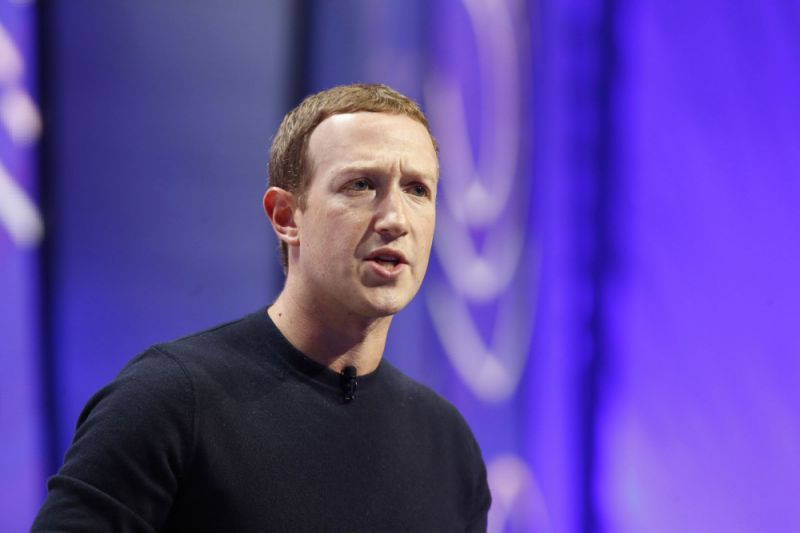
(Bloomberg) — Facebook Inc. Chief Executive Officer Mark Zuckerberg bought Instagram because he was concerned about the nascent company’s potential to turn users away from Facebook, according to documents obtained by the House Judiciary subcommittee on antitrust.
That makes it “exactly the type of anticompetitive acquisition that antitrust laws were intended to prevent,” U.S. Representative Jerrold Nadler told Zuckerberg at a hearing Wednesday. After Zuckerberg reminded committee members that the Instagram acquisition was allowed to proceed by the Federal Trade Commission, Representative David Cicilline said the FTC’s failure in 2012 has no bearing on whether the acquisition violated the law.
Zuckerberg didn’t deny that his company acquired Instagram in part so it wouldn’t compete with Facebook on photo sharing. According to emails with Facebook’s chief financial officer in 2012, Zuckerberg wanted to do the deal to buy time — a year or more to integrate Instagram’s features so Facebook would be up and running on photo sharing before anyone else could reach the same scale.
Instagram, which had 13 employees and no revenue at the time of the Facebook purchase, was already becoming popular at a dramatic clip, surpassing other photo-sharing apps with the size of its network. After six years as part of Facebook, Instagram surpassed 1 billion users. Today, the app contributes more than $20 billion to Facebook’s annual revenue, people familiar with the matter have said. Zuckerberg is still concerned about the potential for Instagram to cannibalize Facebook’s growth, and has restricted its resources and worked to integrate it more tightly with Facebook.
<p class="canvas-atom canvas-text Mb(1.0em) Mb(0)–sm Mt(0.8em)–sm" type="text" content="For more articles like this, please visit us at bloomberg.com” data-reactid=”27″>For more articles like this, please visit us at bloomberg.com
<p class="canvas-atom canvas-text Mb(1.0em) Mb(0)–sm Mt(0.8em)–sm" type="text" content="Subscribe now to stay ahead with the most trusted business news source.” data-reactid=”28″>Subscribe now to stay ahead with the most trusted business news source.
©2020 Bloomberg L.P.











Add Comment